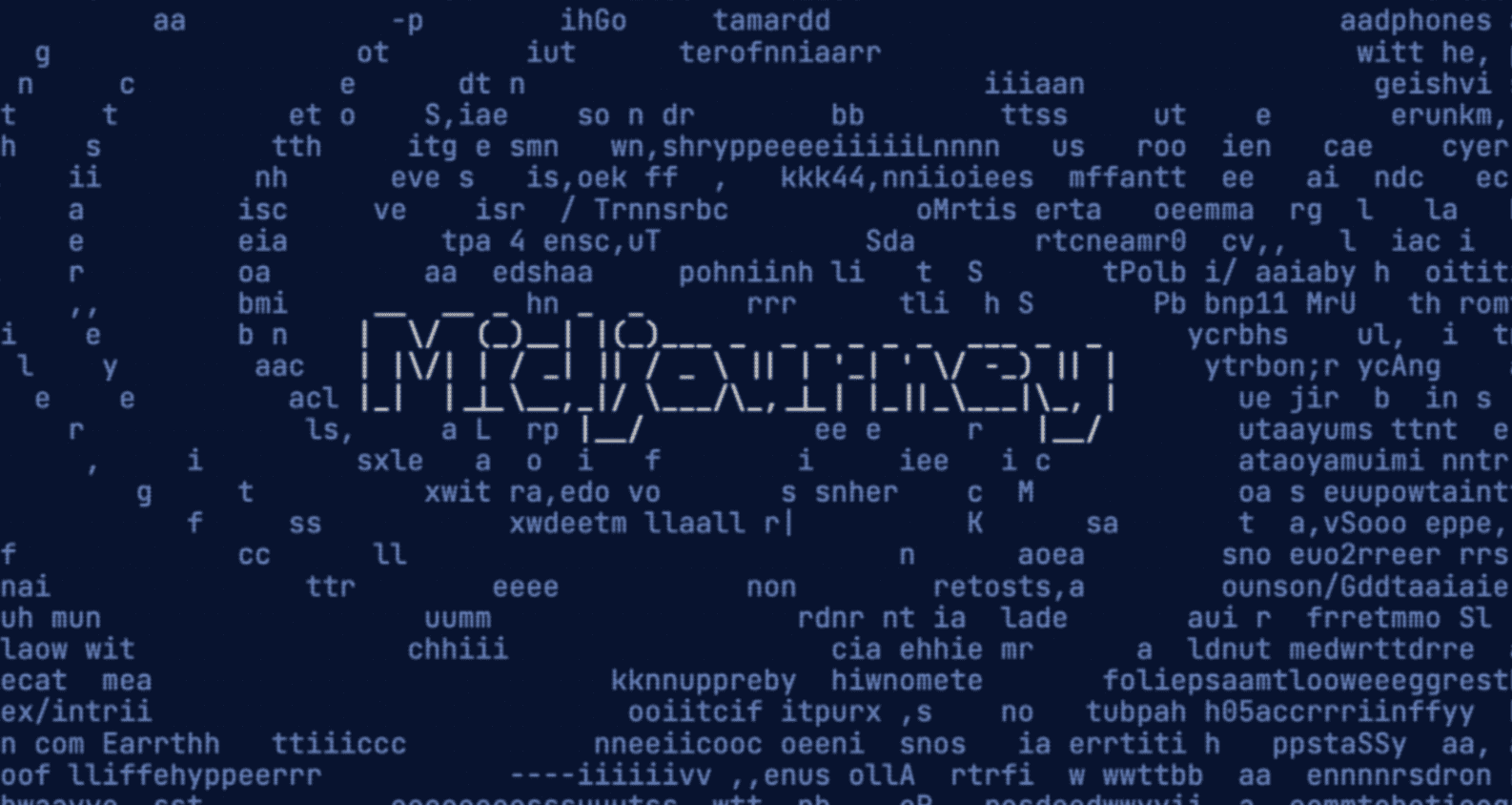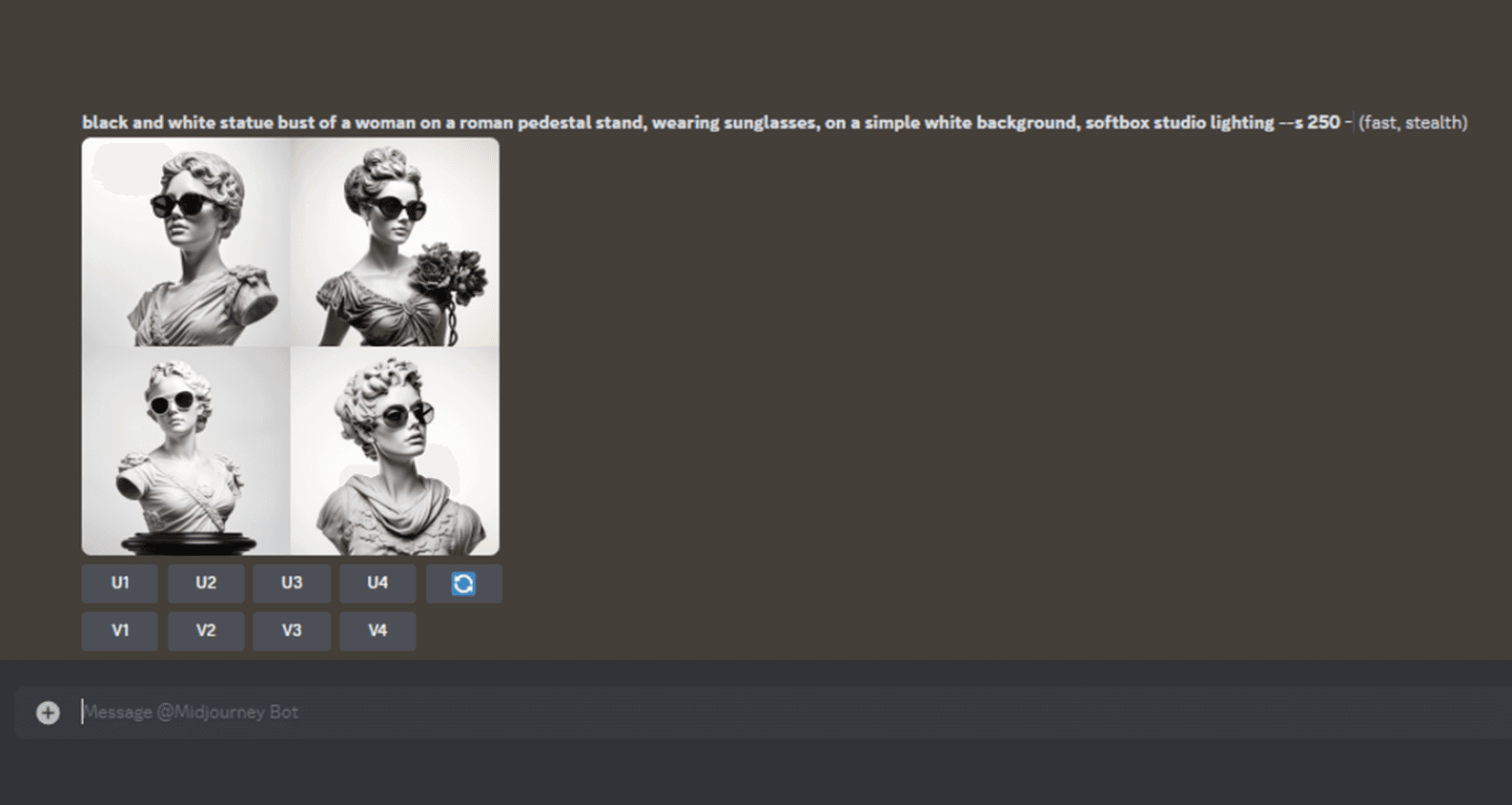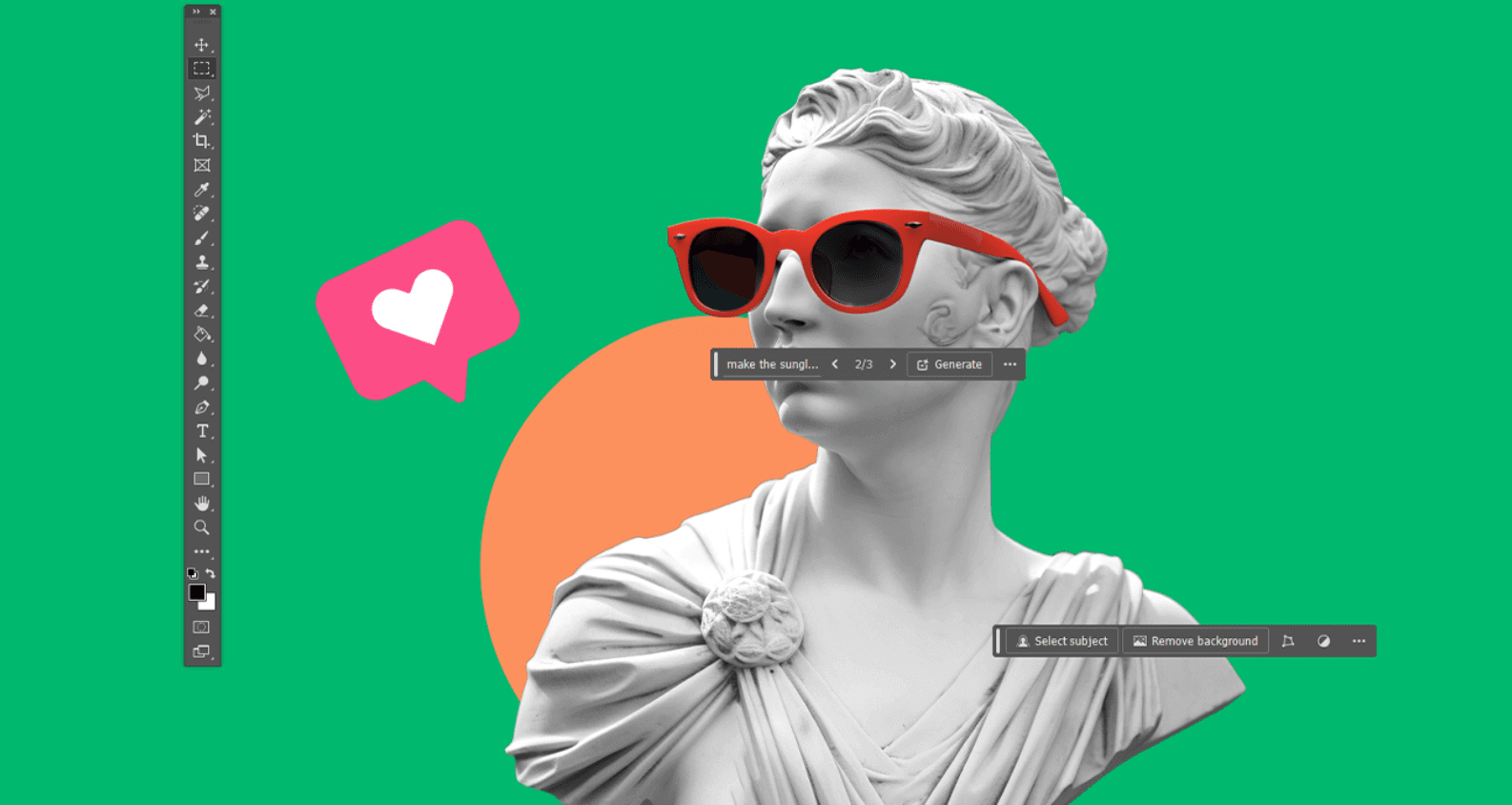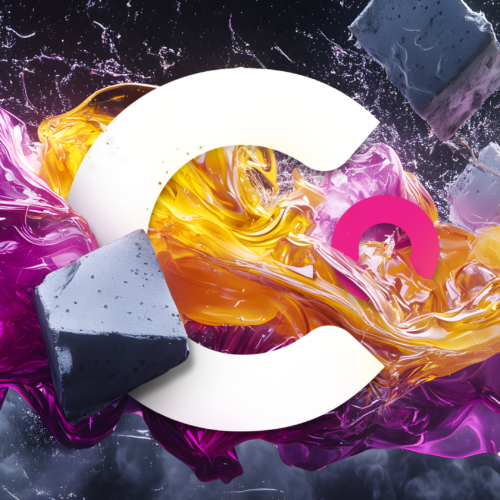AI can generate a layout that looks right, but its results don’t add up to a good UX.
The B2B technology sector has grown accustomed to adapting to new tools that transform how business operates. However, with the ascent of AI, an already fast-moving industry feels supercharged.
Along with upending expectations for content creation, generative AI apps such as ChatGPT, Midjourney, and Adobe Photoshop Firefly are transforming visual design. The technology continues to evolve, which means none of the tools we’ve seen so far offer magical solutions at the push of a button. But they already offer real possibilities for B2B companies like yours to enhance the way you work.
As the buzz surrounding AI continues to grow, your marketing team and designers are searching for ways to optimize their processes. Below, we review some of the potential avenues for your business to explore in order to begin streamlining your design process.
Generative AI Tools Require Oversight to Be Effective
Powered by neural networks that identify the patterns within existing data, AI tools present a new frontier for B2B marketers. The technology dates back to the earliest uses of chatbots in the 1960s. Recent advances in large language models and machine learning have exponentially simplified their use.
AI tools offer an opportunity for marketers like you to generate articles, emails, and other materials in seconds. Plus, AI-powered software offers ways to incorporate website personalization, identify keywords, and provide conversational engagement through chat.
However, AI’s capabilities with content creation are limited, and they require oversight to deliver useful results. In looking to harness its powers for design, we found AI still introduces a number of problems.
Know the Limitations of Applying AI in Design Projects
Just as generative AI isn’t yet capable of creating effective content with the push of a button, its design applications also remain limited. For example, AI can generate a sample landing page layout. But it can’t produce results that are publishable on a sophisticated B2B website.
Companies like yours rely on their website to create user journeys for visitors and develop a narrative on the page. A tool like Midjourney is incapable of delivering something that specific. Yes, you can prompt it to generate an enterprise site with a modern look, and the results will have that feeling. But when you look closely, you’ll see the placement of content elements is fairly random. AI can generate a layout that looks right, but its results don’t add up to a good UX.
Fundamentally, strong UX design depends on understanding your user and their needs. AI tools aren’t capable of that level of empathy. From a design perspective, AI is most useful for quickly generating ideas to be further enhanced by a skilled human.
Examining AI’s Image Generation Abilities for Your B2B
Using AI to create custom images has been among the most prominent — and controversial — examples of the technology. Tools such as Midjourney and Dall-E 2 allow you to imagine a famous artist, prompt the software with an idea, and create results that are often close to the genuine article. Individual users can create imitation digital art this way for personal use. However, when it comes to commercial licensing, the stakes are much higher.
From the perspective of your B2B business, these applications are very limited. Copyright laws surrounding use of the styles of prominent artists as source material remain unsettled. Using images like these to illustrate your business is not worth the risk of legal action.
AI Image Editing Offers Flexibility with Visual Elements

One of the biggest names in image editing, Adobe incorporates an AI tool called Firefly into the beta version of its Adobe Photoshop app. Firefly allows you to add or remove content into images using text prompts through capabilities such as Generative Fill and Generative Expand.
After some experimentation, you can use these tools to extend the borders of an image and even add people, objects, and background elements to suit your needs. Then, your designers can apply Photoshop’s native tools to further adjust the image. Plus, multiple generative AI tools allow you to upscale images to a higher resolution without losing visual details.
Image creation may be AI’s most buzzed-about feature. But the flexibility it offers in reshaping visual content offers more potential for your business.
How AI Images Can Illustrate Real-World Concepts
When your organization needs a photograph to depict a specific idea, your options include staging a photoshoot, scouring stock image sites, or building a digital rendering. Now, generative AI tools offer a new way to fill these gaps in a way that’s faster and at a lower cost.
Recently, one of our clients specializing in disaster preparedness needed to produce a 60-image slide deck for a presentation illustrated with real-world events. Stock photo agencies typically don’t stock those subjects—most of their images appear cleansed and upbeat. And when you search on wire services, their photos aren’t intended for corporate use. If any images are available, your team has to contact each photographer for their permission to use.
Applying Midjourney to Produce Imaginary Images

After gaining approval from the client to use AI, we prompted Midjourney to create images of scenes such as flood-stricken cities or structure collapses. The results resembled real news events, but all the specific details such as location were fictional. Plus, real disaster photos show first responders and individuals whose lives were destroyed. AI allows you to provide direction that edits out these sensitive details.

Once Midjourney delivered usable images, our designers brought them into Adobe Firefly to enhance the results and better suit the project. We noted in the presentation each instance that AI was used to underscore our aim wasn’t to trick the user. In the end, the company illustrated their presentation in a way that was sensitive to both the viewer and the subjects they referenced.

AI Design Tools Demand to be Handled with Care
AI offers possibilities for your business to create the visuals you need in a faster, more efficient way. But these tools demand expert oversight to be effective. Otherwise, your business not only risks publishing inferior results—you risk breaching your audience’s trust.
At its best, generative AI can bring your business closer to realizing the impossible when illustrating specific concepts. However, you still need a skilled design professional to create the most value from its results.
If this sounds like the kind of work your business may need, we should talk. We can guide you toward applying this technology in a way that’s useful, ethical, and impactful for your business.






